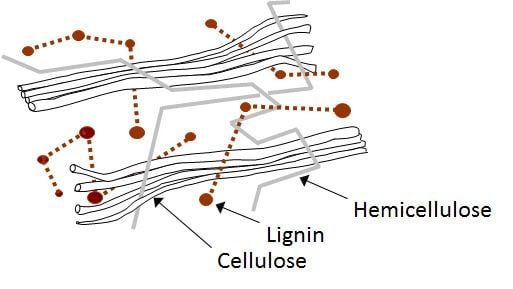If you want to host a masterclass on how whisky ages, why not get one of the most knowledgeable people on the planet to run it? That’s what happened at this year’s Whisky Exchange Whisky Show, where Suntory chief blender Shinji Fukuyo went to great lengths to explain this key part of the whisky-making process. As expected, there were plenty of words that most people didn’t understand (cyclotene, ferulic acid and trans-lactones, anyone?) but Shinji explained the science in practical terms for the mere mortals in the room.
What happens during whisky maturation
- extraction (from the wood)
- oxidation (the effect of air in the barrel on the whisky)
- adsorption (whisky soaking into the cask)
- evaporation (a mixture of water, ethanol and immature compounds)
- esterification (the formation of flavour compounds)
The key factors that decide maturation quality
- new-make spirit
- cask
- storage method
- environment
New-make spirit With new-make spirit, Shinji said a number of questions need to be asked, all of which can only be answered with experience: how will the flavours change, when will they be at their peak, will any defects disappear and which brand will be the best match for the particular whisky?
Cask Clearly, casks have a huge effect on whisky maturation given that they are the vessel used to store whisky while it matures. In terms of structure, the cell walls of oak barrels are made up of three main components – Shinji used the analogy of a concrete building to show their respective roles:
- cellulose (‘the steel frame’)
- lignin (‘the concrete’)
- hemicellulose (‘the wire connecting both’)
As the whisky ages, these components add their own character to the whisky. When the barrel is charred, the cellulose elements will convey notes of fruit and caramel; hemicellulose will offer a more pronounced ‘woodiness’; and lignins will bring the familiar vanilla character often found in whisky.

The cell walls of oak barrels are made up of three main components, all of which convey different flavours to the whisky
A maturing whisky can also be ‘seasoned’ – ageing in a different type of cask than the one it was matured in previously. This does two things, according to Shinji:
- reduces woodiness
- adds flavour from the previous contents of that cask (such as bourbon, sherry or red wine)
To prove his point, the audience tried two 12-year-old Yamazaki whiskies, both aged in Spanish oak. The first was unseasoned (spending its entire life in one type of cask), while the second was seasoned in a second sherry cask. The result? The unseasoned whisky was rich, dry and spicy, while the seasoned version was a little sweeter with a touch less oak influence.
Storage method The way that whisky barrels are stored has an effect on maturation, too. There are three main styles: dunnage (where barrels are traditionally stocked no more than three high); racked (stored on shelves with air space around them, often several racks high); and palletised (barrels are stacked on their ends on wooden pallets, usually very high – space-efficient but differing levels of evaporation).
In addition, there are a number of further variables that play their part:
- filling strength – the ideal ABV (alcohol percentage) for extracting compounds from an oak barrel is 60%
- temperature – the higher the temperature of the maturation environment, the more tannin is extracted and the darker the colour of the whisky
- humidity – whisky aged in a very humid climate will see its alcohol level decrease as it is matured; conversely, whisky aged in a low-humidity climate will see its alcohol level increase
Environment Shinji explained that the location and climate of the maturing whisky changes its flavour and character, too. To use examples from his company’s whiskies:
- Yamazaki (Japan) – smooth, mild character
- Hakushu (Japan) – dry and crisp
- Bowmore (Islay, Scotland) – sea-salt aromas
- a damp cellar – earthy aromas
Japan has four distinct seasons, with hot, humid summers and cold, dry winters, and an average temperature range of 6°C-29°C, which Shinji said ‘stimulates the “breathing” of casks’ and also explains why whisky maturation occurs 1.6 times faster than in Scotland (which has an average temperature range of 4°C-15°C).
Mizunara oak The masterclass also looked at the famed mizunara oak often used to mature Japanese whisky. The audience tried young and old examples, with Shinji pointing out that the two key characters mizunara imparts is coconut and incense (the latter only really noticeable after 20 years' or more maturation) – very different to the typical flavours from American oak (vanilla) and Spanish oak (dried fruits and chocolate).
Sure enough, the mizunara-aged whiskies that were tried followed this pattern. A three-year-old sample was teeming with creamy coconut; a 15-year-old version was much spicier and woodier; and a 47-year-old example from 1969 had waves and waves of aromatic incense, and for some was unlike any whisky they'd ever tried before.
Shinji was thanked at the end for a fascinating masterclass, and for doing his best to simplify what is an extraordinarily complicated topic.

